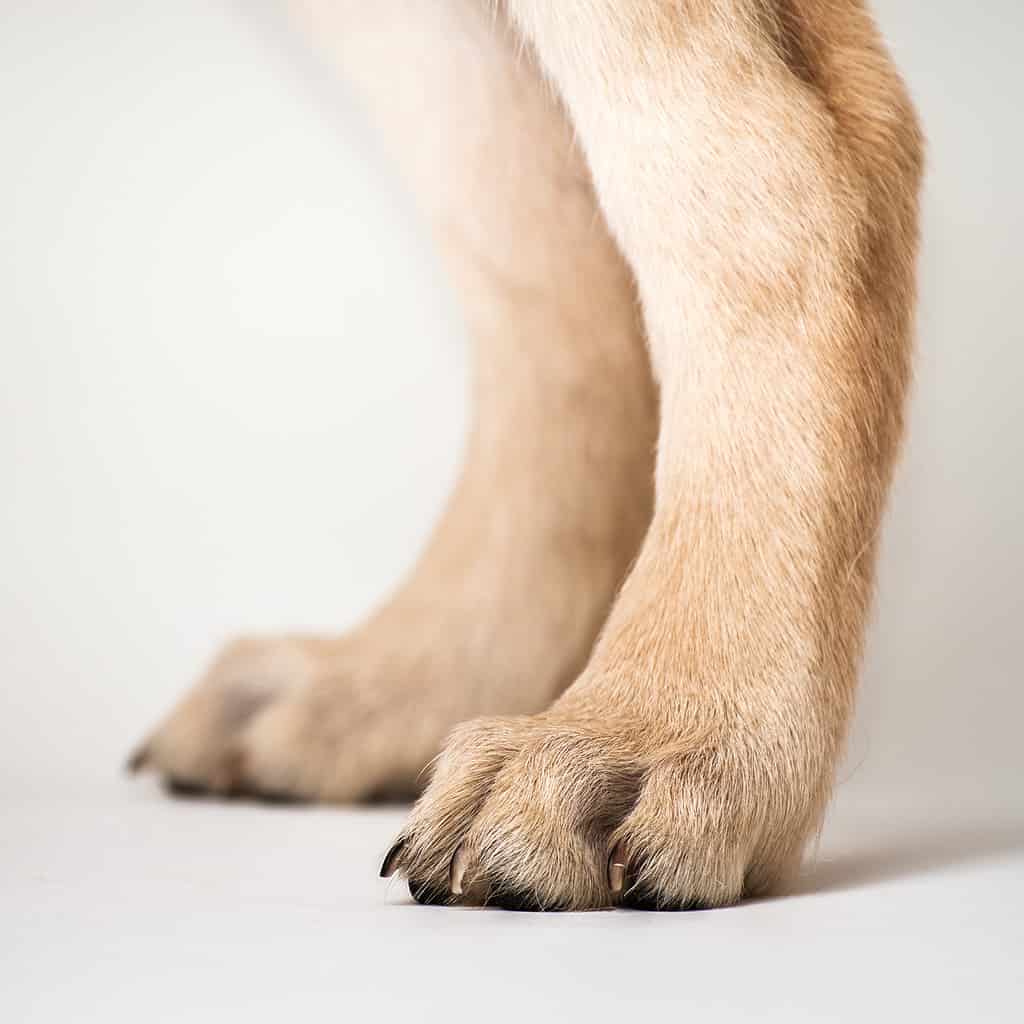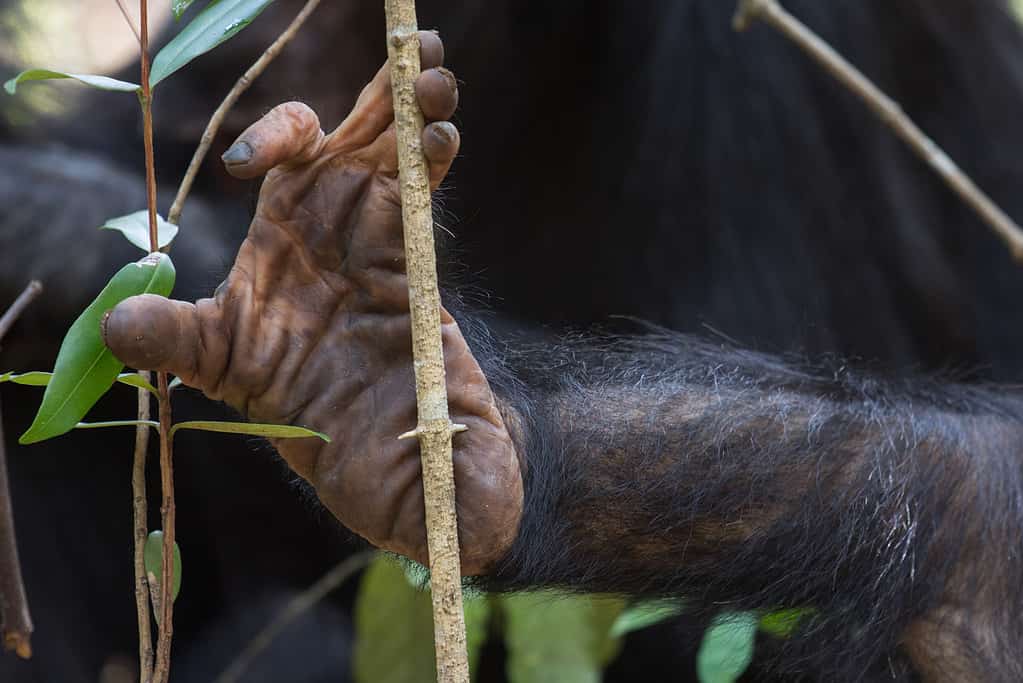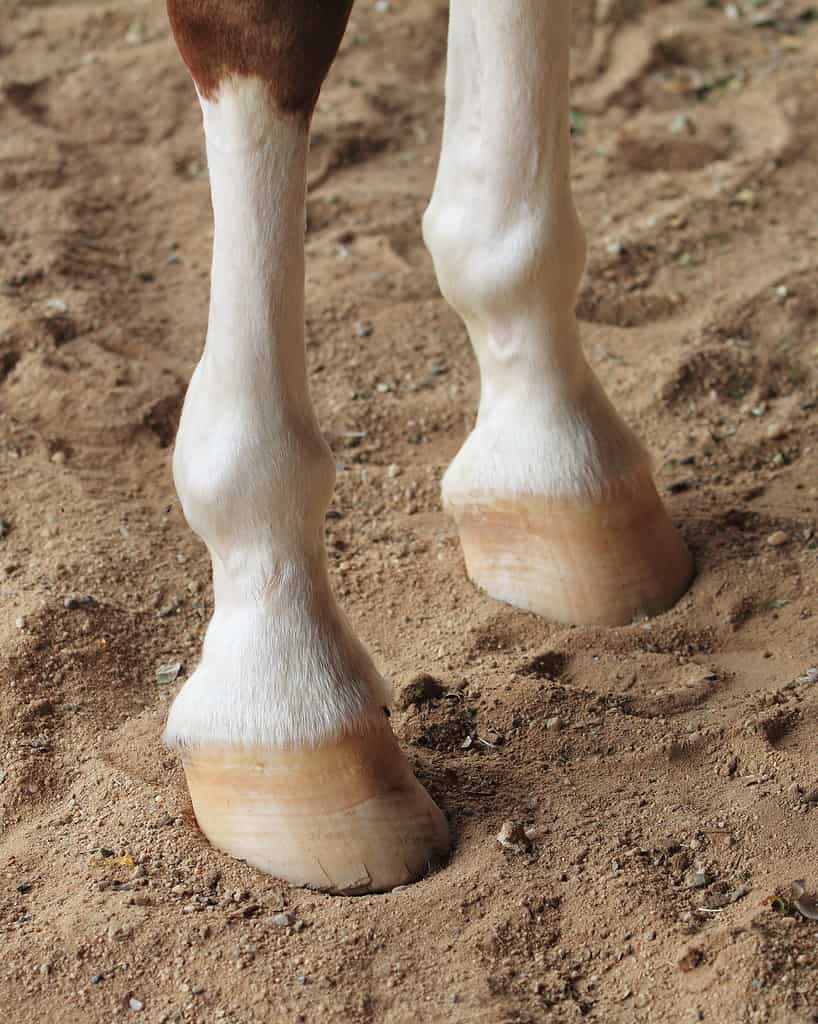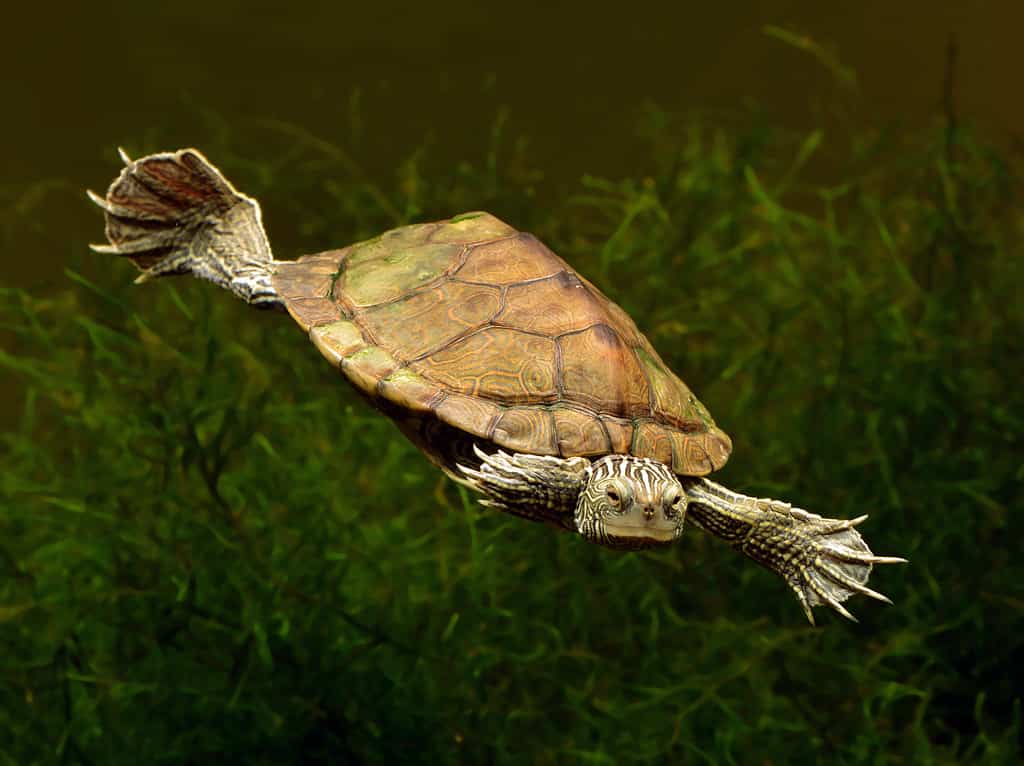Metatarsals are long bones located in the feet or lower legs of many animals. Most tetrapods, which are four-legged vertebrates, have metatarsals, including amphibians, birds, mammals, and reptiles.
What are Metatarsals Made of?
Metatarsals are bones. They are composed of a combination of organic and inorganic materials. The outer surface of the bone is made up of dense, compact bone tissue, while the inner portion of the bone is composed of spongy, cancellous bone tissue.
The organic components of these bones include collagen fibers and other proteins, which provide the bone with flexibility and resilience. The inorganic components include calcium, phosphorus, and other minerals, which give the bone its strength and rigidity. The bone tissue is surrounded by a layer of periosteum, a tough membrane that provides the bone with blood supply and helps to repair and maintain bone tissue. The periosteum also contains nerves that provide sensation to the bone and surrounding tissues.
What animals Have Metatarsals?
All mammals have metatarsals, including humans,cats, cows, dogs, horses, lions, tigers and bears. Many species of reptiles have metatarsals, such as lizards and crocodiles. From the sparrow to the the blue-footed booby, all birds have them. These bones are an important part of their legs and feet that help them to walk, jump, and perch. Most amphibians have metatarsals. This includes frogs, toads, salamanders, and newts. The metatarsals in amphibians are typically fused together to form a single structure that provides support for the foot and helps with jumping and walking on land.

All mammals have metatarsals, including dogs.
©Pavel Hlystov/Shutterstock.com
Primates
Gorillas and other primates have five metatarsals in each foot. The metatarsals of primates are important for supporting their weight and allowing them to move efficiently on the ground or through the trees.
The morphology of the metatarsals of primates can vary among different species depending on their adaptations to different environments and locomotion habits. For example, the bones of arboreal primates (those that mainly live among the trees) such as gibbons are elongated and curved to help them grasp branches, while the metatarsals of terrestrial primates (those who walk on land) such as gorillas are short and straight to support their weight on the ground.

Primates have five metatarsals in each foot.
©Steffen Foerster/Shutterstock.com
Ungulate Metatarsals
Ungulates are a diverse group of mammals that are characterized by their hoofed feet. Most ungulates have metatarsals, which support the foot and connect the ankle to the toes. The number and arrangement of these bones in ungulates varies depending on the group.
In artiodactyls (even-toed ungulates), such as cows, deer, and pigs, there are typically two or four metatarsals, depending on the species. In cows and deer, for example, there are two bones that form the lower part of the leg. Pigs, on the other hand, have four metatarsals, two of which are weight-bearing and two of which are smaller and do not touch the ground.

Reindeer are even-toed ungulates.
©Osman Temizel/Shutterstock.com
Perissodactyla (odd-toed ungulates), such as horses and rhinoceroses, have three bones with the middle one being the largest and bearing most of the weight. In horses, the bones are fused together to form a single bone known as the cannon bone, which is an adaptation that helps with running and jumping.

In horses, the metatarsals are fused together to form a single bone known as the cannon bone.
©126063872/Shutterstock.com
Birds
Birds are unique among vertebrates in that they have evolved a specialized adaptation of their forelimbs into wings for flight. As a result, their hindlimbs have also evolved specialized adaptations.
In birds, the metatarsals are fused together into a single structure known as the tarsometatarsus, which is a key adaptation for their bipedal stance and for perching. The tarsometatarsus is a strong and rigid bone that provides a stable base for the bird’s weight while standing and walking. It also helps to absorb the forces of takeoff and landing during flight.

In birds, the metatarsals are fused together into a single structure known as the tarsometartarsus.
©BlueOrange Studio/Shutterstock.com
The tarsometatarsus varies in shape and size among different bird groups, depending on their mode of life and ecological niche. For example, birds of prey such as eagles and hawks have strong, heavily muscled tarsometatarsi that help them grasp and hold onto their prey. Wading birds such as herons and storks have elongated tarsometatarsi that aid in their wading and balance on soft, uneven surfaces.
In addition to providing support and stability, the tarsometatarsus also serves as an attachment site for many leg muscles, including those that control the movement of the toes and the extension and flexion of the ankle joint. This allows birds to have precise control over their movements and to make rapid adjustments in response to changes in their environment, whether it be navigating through trees or catching prey in mid-air.

Birds of prey, like this eage, have strong, heavily muscled tarsometatarsi that help them grasp and hold onto their prey.
©Goran Jakus/Shutterstock.com
Amphibian Metatarsals
Amphibians are tetrapod vertebrates, meaning that they have four limbs and feet with metatarsals. In amphibians, the metatarsals provide support and flexibility for walking and jumping on land.
The metatarsals of amphibians are typically fused together to form a single structure. The metatarsus in amphibians can vary in shape and size depending on the species, with some species having elongated metatarsals for jumping and others having shorter and sturdier metatarsals for walking and crawling.
In frogs and toads, the metatarsals are relatively short and sturdy, reflecting their adaptation to a more terrestrial lifestyle. Frogs and toads have a specialized adaptation in their hind legs, in which the metatarsals have elongated tendons that allow for powerful jumping. These tendons stretch like springs and then contract, propelling the frog or toad forward. In salamanders and newts, the metatarsals are typically longer and more slender, allowing for greater flexibility and mobility.

Frogs and toads have a specialized adaptation in their hind legs, in which the metatarsals have elongated tendons that allow for powerful jumping.
©Andreas Karyadi/Shutterstock.com
Reptiles
Reptiles are tetrapod vertebrates that include alligators, lizards, turtles, and tortoises. Most reptiles have metatarsals. However, the number and arrangement of metatarsals can vary considerably among different reptile species. Reptile metatarsals have evolved in various ways to adapt to their different environments and lifestyles.

Turtles, for example, have a modified fifth metatarsal bone, which is a bone in their foot that connects to the fifth toe.
©damann/Shutterstock.com
Turtles, for example, have a modified fifth metatarsal bone, which is a bone in their foot that connects to the fifth toe. This modification is thought to have evolved in order to support the weight of the turtle’s body and to provide stability for walking and swimming.




























